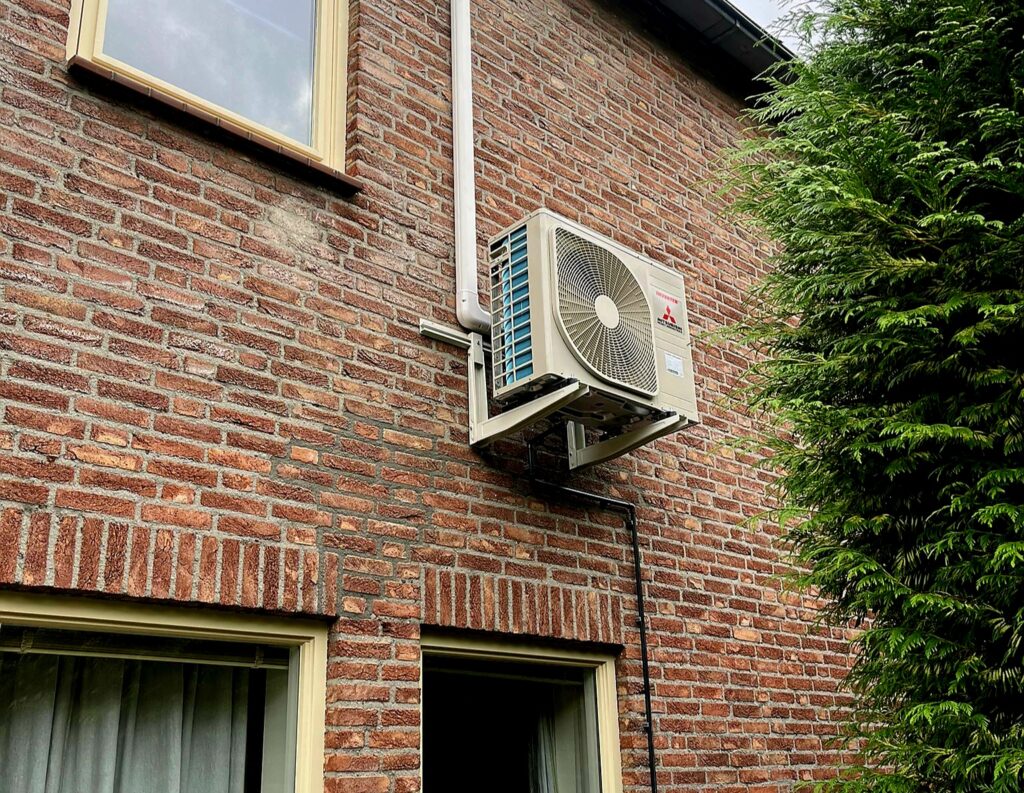
Government rules on air-conditioning installation
The rules for installing an air conditioner depend on several factors, such as where you live, the type of property, and whether you live in a town or village conservation area. Below are the main general rules:
Permit-free or permit-required
Permit-free: In most cases, installing an air conditioning unit on the rear or side wall of a house is permit-free, provided the unit is not visible from the public road. This applies especially to houses without listed status.
Permit requirement: If the air conditioner is installed on the façade or if the property is in a protected town or villagescape, you often do need an environmental permit. This also applies to listed buildings.
Noise pollution
Air-conditioning systems should not cause noise nuisance. The government sets requirements for the maximum noise production of outdoor air-conditioning units, especially in residential areas. This is regulated in the Activities Decree:
Environmental management: During the day (between 07:00 and 19:00), the noise level must often not exceed 50 dB(A) at the neighbour's façade. At night (between 23:00 and 07:00), stricter requirements apply, e.g. a limit of 40 dB(A).
Distance from neighbours: Place the air-conditioning unit in a place where there is minimal disturbance to neighbours. A minimum distance of 2 metres from the property boundary is often recommended.
Installation at flats
With flats, you often need permission from the Owners' Association (VvE). The VvE may have rules about the installation of air-conditioning units, especially on the outside of the building.
Sustainability and energy performance:
Some municipalities encourage energy-efficient air-conditioning installations through subsidies. It is worth checking with your municipality.
For specific information and to check whether local or additional rules apply, it is best to contact the municipality or the environment counter.
Have a question or would you like a quote?
